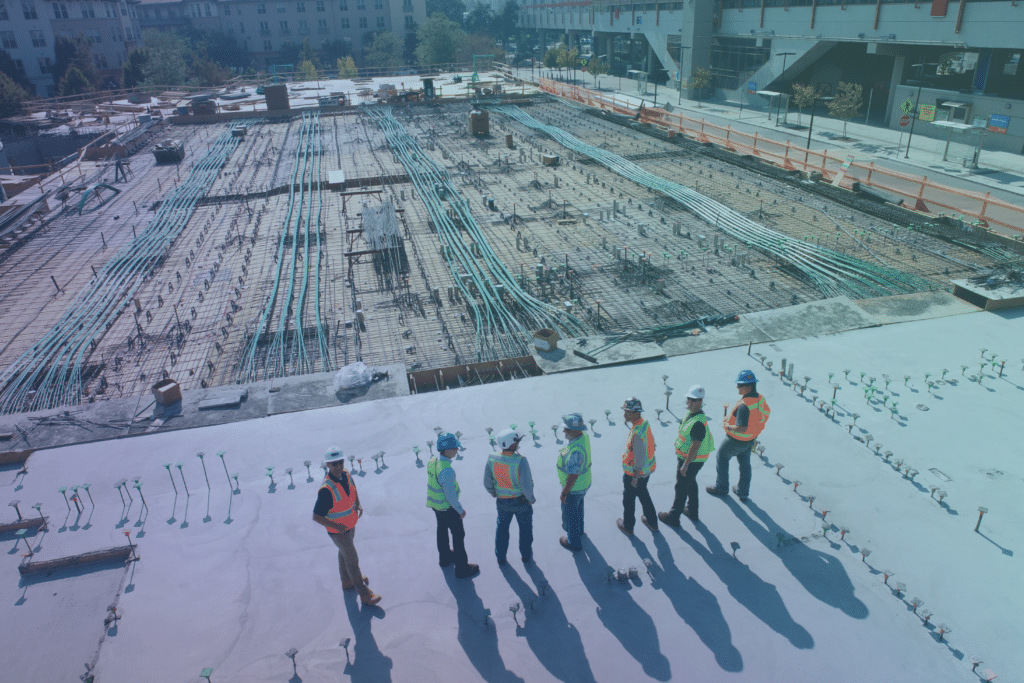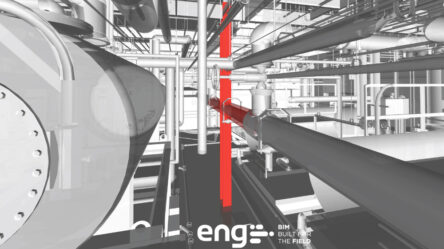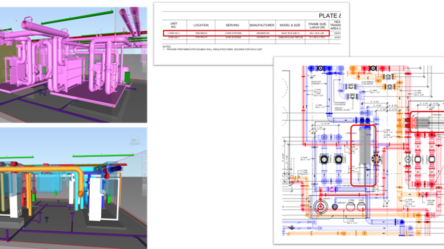Building Information Modeling (BIM) helps general contractors plan with precision, build with confidence, and hand-over rich operational data — yielding lower costs, fewer delays, safer sites, higher quality and greater client satisfaction.
For general contractors, every delay, change order, or miscommunication has a cost. BIM (Building Information Modeling) is a 3D model-based process that helps general contractors by giving them tools to plan, design, and manage construction projects more efficiently. Yet, this process becomes more interesting when its benefits are seen throughout the entire project lifecycle, from pre-construction to facility management.

Pre-Construction Phase: 4D Scheduling & 5D Cost Estimation
In the pre-construction phase, BIM provides general contractors with a digital model that integrates design, scheduling, and cost data to identify risks and optimize planning.
This is the main phase for general contractors, as it is when decisions, expectations, schedules, and cost estimates are set with the client.
How BIM Adds Value in Pre-Construction
- Project Visualization (4D): 4D BIM adds the time dimension of the construction schedule to the 3D model, linking each Gantt chart activity to the BIM model. Benefits: Enables accurate scheduling, reduces overlooked details, and improves stakeholder communication.
- Accurate Cost Estimation (5D): 5D BIM links the model to cost data, automatically generating material quantities. Benefits: Eliminates ambiguity from 2D drawings, updates costs in real time when designs change, and enables value engineering.
Result: By entering construction with accurate schedules and budgets, general contractors can reduce rework and avoid costly scope changes.
Construction Phase: Change Orders, Collaboration & Labor Efficiency
BIM integrates live project data with the model during construction to coordinate teams, track progress, and manage changes efficiently.
Why it matters: Real-time insight keeps projects moving and reduces disputes.
Key on-site advantages:
- Common Data Environment (CDE): This system centralizes communication between contractors, subs, and suppliers, eliminating miscommunication and errors.
- Visual Change Order Management: Shows design modifications in the model, automatically adjusts quantities, and validates subcontractor costs.
- Labor Efficiency Tools: BIM keeps construction teams aligned by providing a shared work strategy, resolving constructability issues before work begins, giving site managers real-time task updates, and ensuring subcontractors know precisely what to do, when, and by what deadline.
Result: Facility managers can operate the building efficiently from day one, using accurate, accessible BIM data.
Post-Construction Phase: Facility Management with BIM Data
In the post-construction phase, BIM transitions into a facility management tool, giving the operations team a complete digital record of the building.
Benefits in the Operational Stage
- BIM models store assets, systems, and room data for the facility management team.
- Stakeholders can access all operational details before occupancy.
- Saves hours of manual information gathering and improves handover quality.
Result: Facility managers can operate the building efficiently from day one, using accurate, accessible BIM data.
Key Takeaways: Why BIM Matters for General Contractors
Across all stages of the project lifecycle, BIM enables general contractors to:
- Plan with precision
- Build with confidence
- Manage and hand over projects with complete operational data
Ultimately, the outcome results in lower costs, improved safety, higher quality, and greater client satisfaction. For more information, contact us.
Frequently Asked Questions (FAQ)
BIM (Building Information Modeling) is a data-rich 3D process that helps general contractors plan, design, build, and manage projects more accurately and efficiently across the entire lifecycle.
BIM integrates design, schedule, and cost data into one model, enabling 4D scheduling and 5D estimation. This surfaces risks early, tightens timelines and budgets, and reduces rework and scope changes.
BIM uses a Common Data Environment (CDE) to centralize communication, supports visual change order management to adjust quantities and validate costs, and provides real-time task tracking to improve labor efficiency.
BIM acts as a digital twin, giving facility managers complete asset, system, and room data from day one. This improves handover quality, reduces manual data collection, and streamlines operations.
BIM helps deliver lower costs, fewer delays, safer sites, and higher-quality results, ensuring projects are completed on time, on budget, and with greater client satisfaction.
E-mail: eng@engbim.com
Call us: (949) 340-6924




